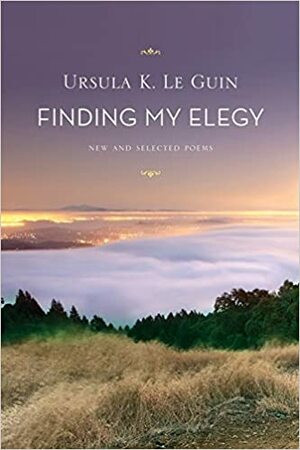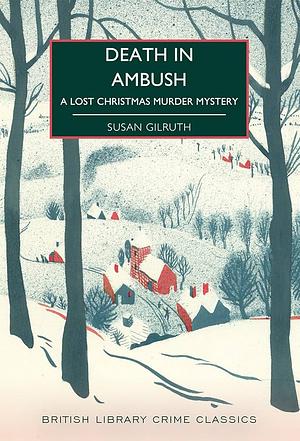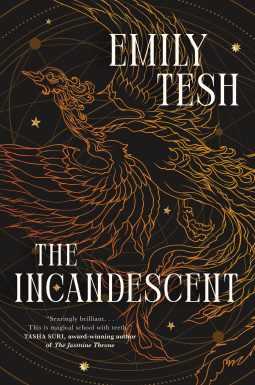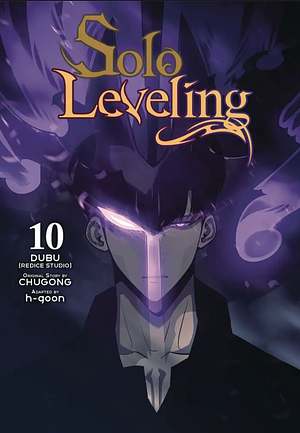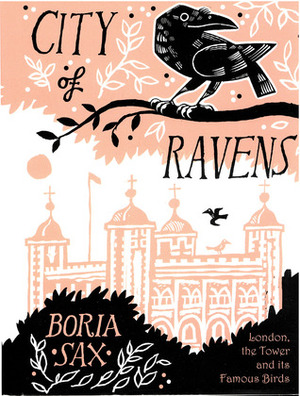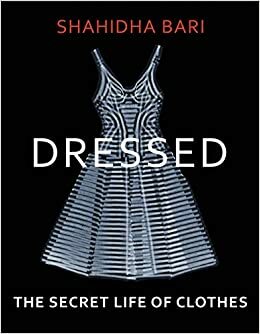
Still Waters
by E.C.R. Lorac
Genres: Crime, MysteryPages: 237
Series: British Library Crime Classics
Rating:

Synopsis:Trouble is brewing once more for the Hoggetts and their friend Chief Inspector Macdonald in Lunesdale, deep in the Lancashire fell country. The treacherous slopes and still waters of a quarry pool have become the backdrop for strange happenings by night, and after an architect surveying the area is nearly hoisted into the cold waters by an unseen assailant, the suspicions of local farmers become a matter for the CID. Lorac’s authentic writing of the Lunesdale countryside is paired with a twisting plot in this classic of Lake District crime fiction, first published in 1949.
E.C.R. Lorac’s Still Waters is another return to Lunesdale for Macdonald. It’s a bit surprising that there are several books sharing the same setting and characters, because a lot of the other books are pretty disconnected, with just Macdonald and Reeves recurring. In this one, the Hoggetts are almost the stars, particularly Giles.
It’s pretty suspenseful actually; there are a couple of tense chapters at the end where Macdonald, Reeves and several others are staking out an area to figure out what’s going on and (hopefully) catch the criminals. I’d figured out what was going on already (it’s a fair-play mystery, pretty much) but it was still really tense because it wasn’t clear whether something would go wrong, whether they’d get their guy, etc. I don’t mind having figured things out anyway, but that definitely didn’t defuse any of the tension here.
It makes fun use of the setting, which Lorac knows well because she eventually settled in the area she based the story on, and apparently it was checked by a police officer as well, which shows she did her research.
One note: one of the characters is deeply anti-Welsh. He’s corrected/ignored by other characters, but the Welshman is still very much viewed as a “foreigner” and with automatic suspicion, which is a bit uncomfortable, if not surprising.
Rating: 4/5 (“really liked it”)



